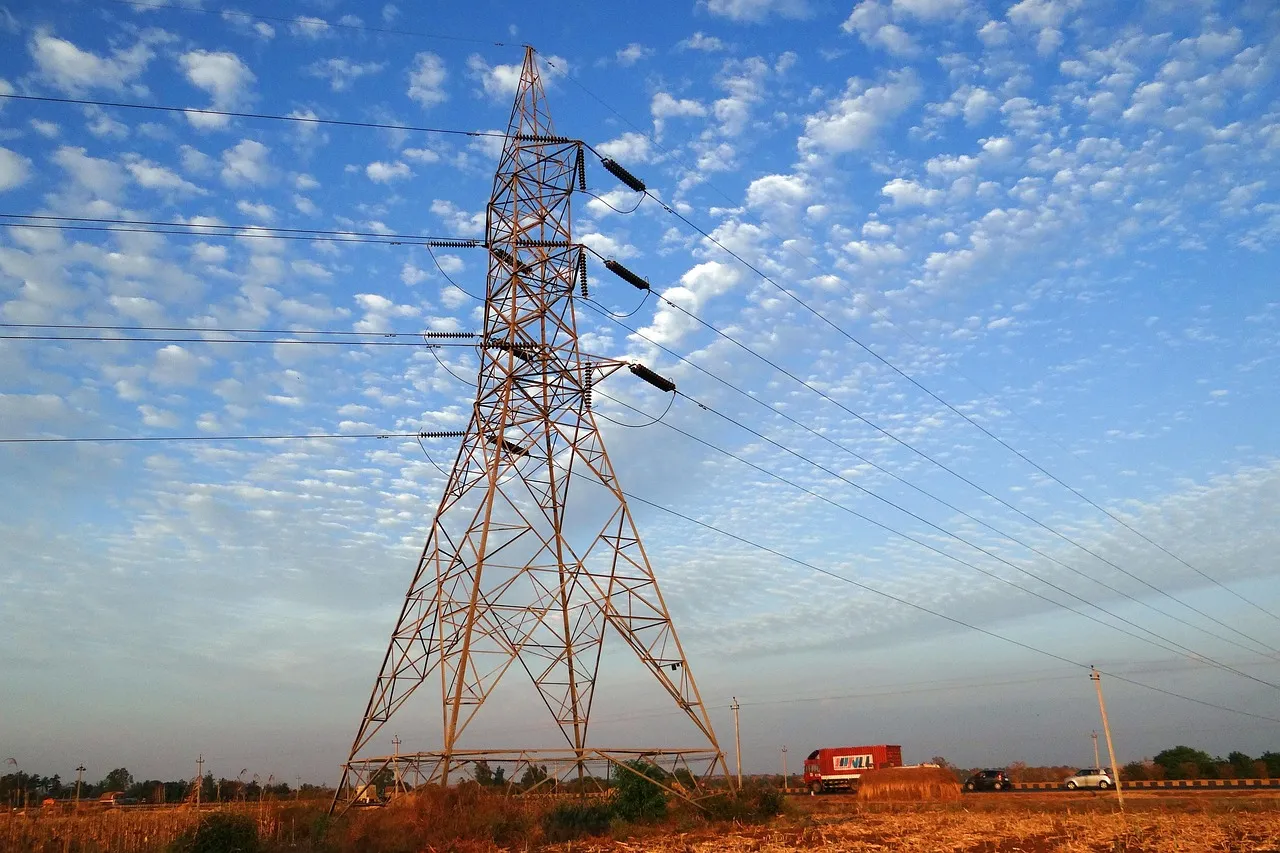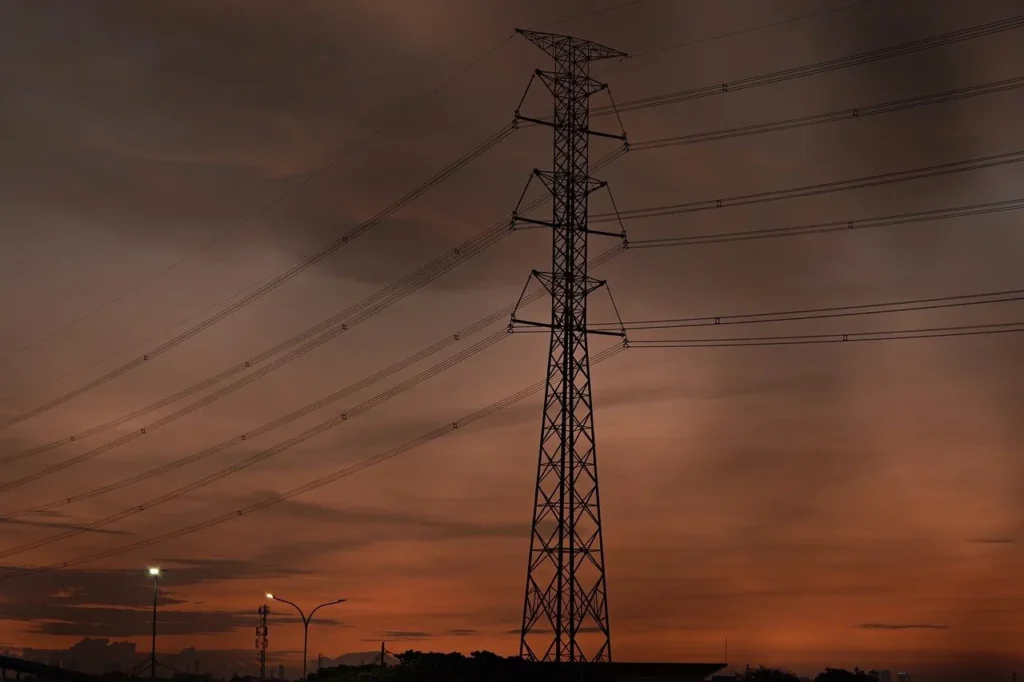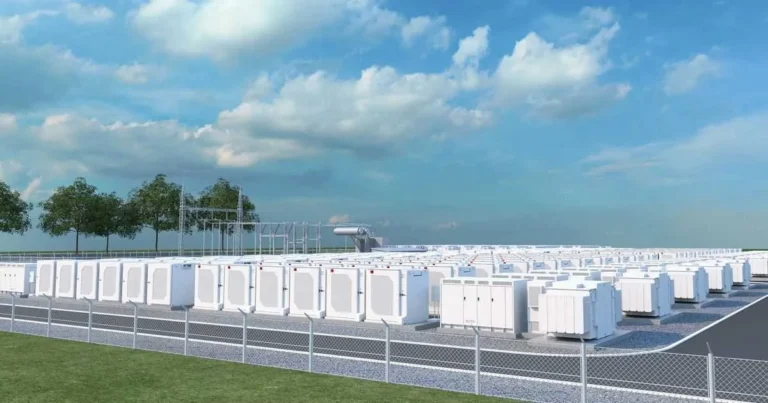
Texas Reliability Coalition Forms to Boost Grid Resilience with Utility-Scale Microgrids
The Texas Reliability Coalition (TRC) is launching an initiative to raise awareness among the public and elected officials about the importance of Utility-Scale Microgrid (USM) technologies. This public-private coalition is dedicated to enhancing the resilience and reliability of Texas’s electric grid, particularly during extreme weather events. The goal is to improve the grid’s overall performance, making it more reliable day-to-day, while also accommodating the growing integration of renewable and intermittent power sources.
The coalition’s founding members include Acclaim Energy, Ember Development, Park 8 Development, and PowerSecure. These organizations advocate for the deployment of USM technologies, which they believe are crucial for strengthening the grid. Recent laws passed during the 2023 legislative session provide a solid framework for deploying USM technologies in Texas’s deregulated electricity market, opening the door for broader integration and advancement of these technologies.
“The strength of our grid is the backbone of our economy, our security, and our daily lives. The Texas Legislature passed laws HB1500 and HB2555 in 2023 to ensure that Texans have one of the strongest electric grids in the nation and to give our state a competitive edge in business and industry,” said John Elder, Executive Director of the Texas Reliability Coalition. “We want to elevate the Texas grid from good to great.
Our focus is on accelerating the deployment of proven USM technologies, advocating for infrastructure improvements, and strengthening our energy system to withstand extreme weather and rising demand. The legislative framework is in place, now we need the Public Utilities Commission (PUC) and ERCOT to set the rules for its full implementation.”

Tackling Texas-Sized Challenges
The need for stronger grid resilience became painfully clear during past weather-related disruptions. During hurricanes Milton, Helene, and Beryl, more than 450 microgrids across six states successfully mitigated over 850 grid disruptions, ensuring continued access to electricity and critical services. Unfortunately, similar events in Texas left millions of families without power, forced businesses to close, halted essential services, and even caused disruptions at water and sewage treatment facilities. The TRC argues that USM technologies are the solution to protect the lives and well-being of Texans during future crises and should be adopted by local utilities for implementation in the distribution system.
“I’m grateful to the TRC for its advocacy of innovative technologies that promise to enhance resilience for critical services in communities across Texas,” said Becky Klein, former Chairman of the Public Utilities Commission of Texas and current Principal of Klein Energy, LLC. “The Texas electric grid has long been the gold standard among U.S. grids. We must now build on that strength by integrating technologies that will provide added resilience, ensuring that Texans continue to benefit from a top-tier electricity delivery platform. This is especially crucial in light of the increasing frequency of strong storms, the state’s continued growth, and the rising integration of intermittent energy sources like wind and solar.”
A Market-Based Solution with Proven Technology
Microgrids have been in use for over 25 years, and today’s advanced USMs are dynamic, scalable systems designed to enhance the Texas electric grid by providing rapid-response power during grid stress or outages. These systems offer numerous benefits beyond backup power, including helping manage Texas’s growing energy demand, integrating new renewable energy sources, and fortifying the grid against extreme weather conditions. USMs can also maintain critical infrastructure operations, such as hospitals, water treatment plants, and grocery stores, for hours or even weeks, depending on the severity of the emergency.
Harry Masterson, a TRC Board Member and Managing Director at Ember Real Estate Investment and Development, emphasized the transformative potential of USMs, stating, “Utility-Scale Microgrids are a game-changer for our energy systems. As Texas’s energy demand continues to rise, USMs will be a vital solution to ensuring that critical infrastructure remains operational and power stays reliable. It’s crucial for both private businesses and the public sector to work together to create innovative solutions, and I encourage others to join the TRC to help secure Texas’s energy future.”
How Utility-Scale Microgrids Function
USMs integrate seamlessly with existing grid infrastructure, with centralized control managed by the local utility. In the event of a grid emergency, these microgrids can isolate a designated area from the larger grid, using natural gas-powered generators to provide power to all customers within the microgrid’s boundaries. This includes not just homes, but critical facilities like hospitals, emergency services, and water treatment plants.
Under normal conditions, USMs remain connected to the broader grid. They can supply power back to the grid as needed, contributing to grid stability. This participation in the energy market helps finance the USM systems through private investment rather than relying on ratepayer funds. By leveraging private capital, USMs are constructed, maintained, and operated with no cost to consumers, and the systems typically take 14 to 18 months to be fully deployed and operational.










